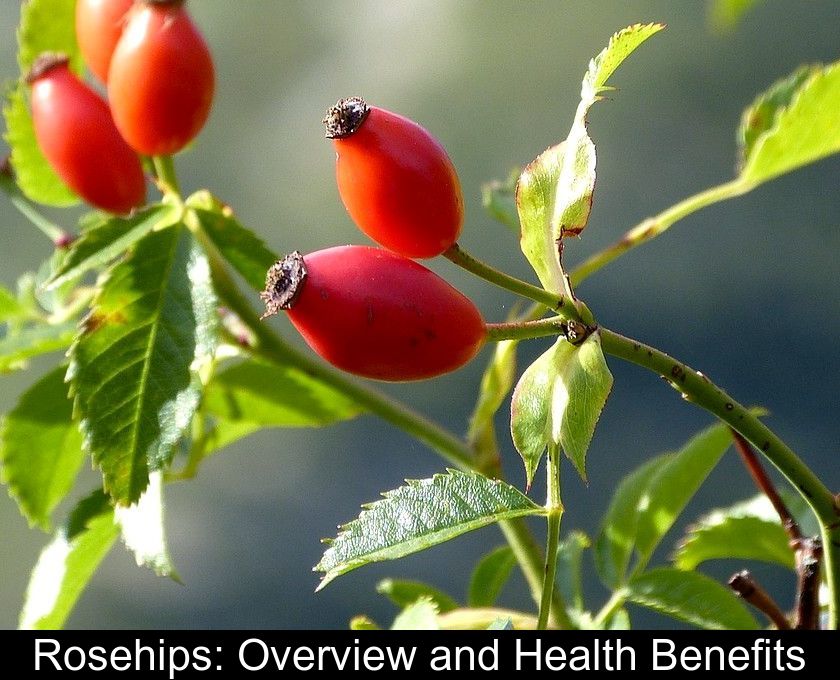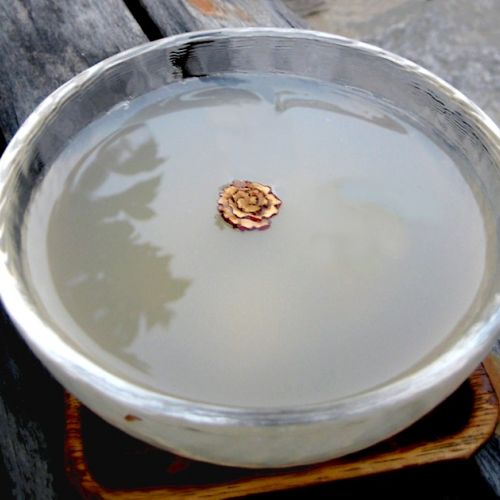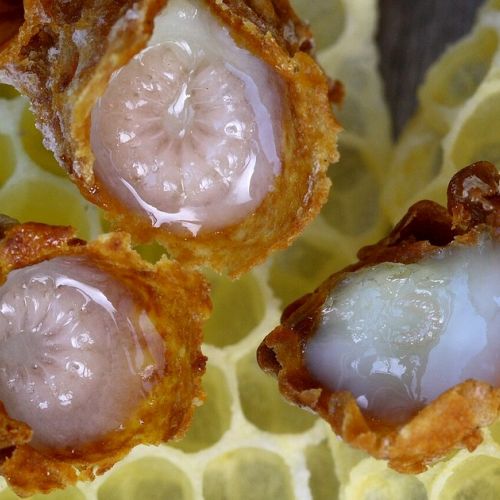Rosehips: Overview And Health Benefits
Rose hips, the fruit of the wild rose, are allies of vitality in winter. These ovoid fruits, which turn red in early autumn, are an excellent source of vitamin C. Here are 5 things to know about their characteristics and health benefits.
They are the fruits of a wild rose bush.
Rose hips are the fruit of the wild rose, or rather of wild roses, as there are multiple species. In herbal medicine, the fruits of the species Rosa canina are primarily used.
These shrubs are the wild ancestors of ornamental rose bushes. They grow in thickets or hedges in well-exposed locations.
They have a bad reputation because of the itching powder.
Wild rose bushes often get a bad reputation because they tend to grow in wastelands. Some people are reluctant to pick rose hips for fear that these wild plants may not be fit for consumption.
The fruit of the wild rose is also associated with negative connotations due to the "itching powder" within. These irritating hairs contained in the fruit have earned it the colloquial nickname "itchy bottom". They are rightly feared as they cause itching upon contact with the skin.
They are edible and can be used in cooking.
The fruits of the dog rose or Rosa canina are edible, but be careful: they must not be confused with those of the black bryony (Dioscorea communis) which are toxic!
It is quite easy to tell the difference between these two species because the black bryony is a herbaceous vine whose stems lack thorns. Moreover, its bright red berries do not have sepals or remains of stamens.
Rose hips mature in the fall around October-November. However, they remain attached to the flexible stems of the dog roses throughout the winter. They can then be harvested from hedges and bushes, provided that one protects themselves from the plant's hooked thorns using gloves.
Even though they can be consumed in the fall when they mature, they are even better after the first frosts, when they become overripe and their pulp is softer.
In cooking, the fruits of the dog rose are mainly used to make jams after softening them if necessary by placing them in the freezer. For health, it is preferable to consume them fresh if you like their tart taste. Indeed, these berries offer a real concentrate of vitamin C and nutrients!
They are rich in calcium and vitamins.
Rose hips boast an exceptional nutritional richness. 100 g of the fruit pulp provides:
• 257 mg of calcium, which is as much as a bowl of milk.
• 1350 mg of vitamin C, equivalent to 2.5 kg of oranges.
• as much vitamin A as 130 g of carrots.
In addition to their nutrient richness, these berries contain antioxidants such as polyphenols and beta-carotene. This is why extracts of Rosa canina are sometimes included in certain cosmetics like serums or reparative face creams.
They distill their benefits in various forms.
To best enjoy the benefits of rose hips, the optimal method is to consume them orally. You can eat them raw, making sure to spit out the seeds, or in jam since some of the nutrients they contain are preserved after cooking.
You can also dry them to better preserve them and prepare decoctions, herbal teas, or macerations throughout the winter. Since vitamin C is water-soluble, it is preferable to choose a preparation method where you consume the cooking or maceration liquid at room temperature.
Finally, note that rose hip extract is now available in pharmacies and drugstores in capsule form. This form, more concentrated than a simple herbal tea, simplifies treatment courses.
Thanks to its richness in vitamin C, antioxidants, and pectin, this super fruit is credited with the following benefits:
• Combating fatigue and speeding up convalescence after an illness.
• Stimulating immune defenses against winter viruses.
• Contributing to joint flexibility due to its anti-inflammatory properties.
• Promoting digestion and the diversity of the microbiota through the action of pectin (a prebiotic fiber).





